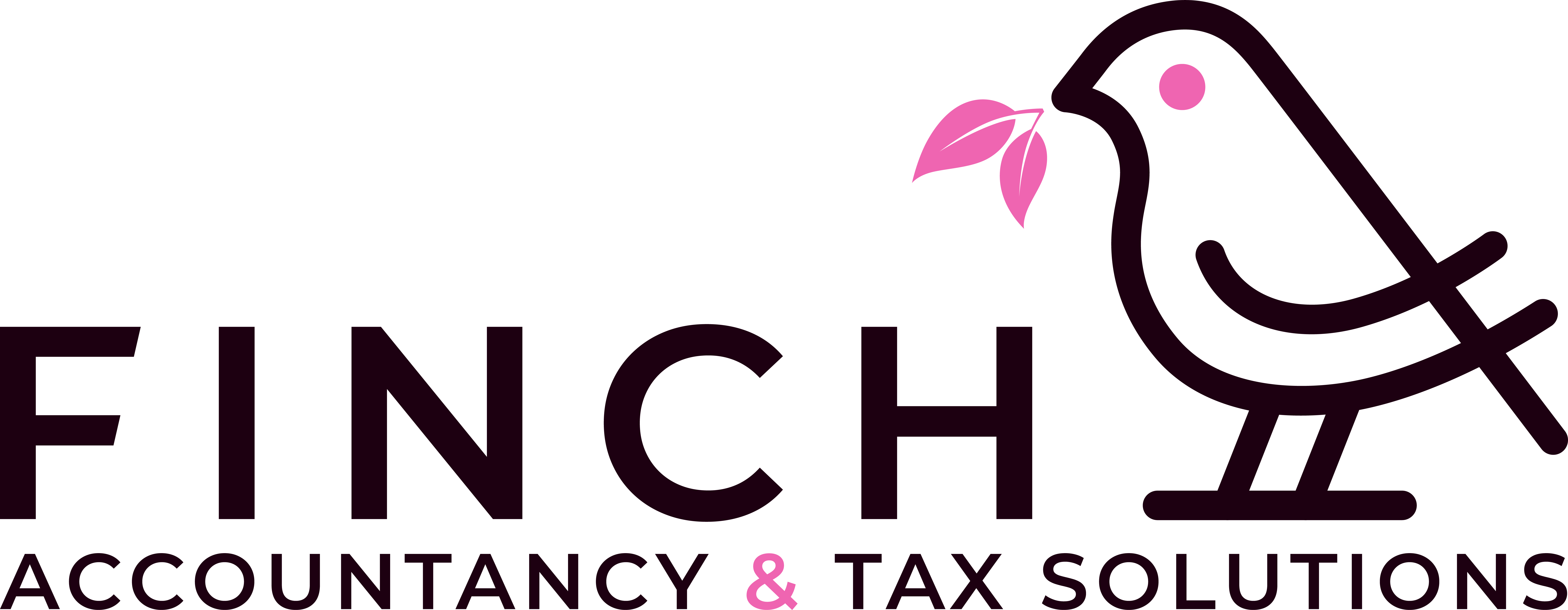At this point, most people have heard about relief measures the government has enacted in the wake of Covid-19, but there remains one opportunity to harvest that has had little discussion surrounding it—Section 139 Qualified Disaster Payments.
Background
Section 139 of the Internal Revenue Code was established as a response to the terrorist attacks on 9/11, giving employers the ability to offer non-taxable reimbursement to their employees for certain expenses incurred during a federally declared disaster.
On March 13, 2020, in accordance with the Stafford Act, President Trump declared the Coronavirus pandemic to be a federal disaster. Since the national emergency order extends to all 50 states, the relief that employers can offer to employees under Section 139 applies country-wide. Section 139 will be available to be utilized until the President officially declares an end to the pandemic.
What Is Covered and How Can It Benefit Both Employers and Employees?
Employers can pay for or reimburse employees with tax-free payments for certain expenses not covered by insurance, such as:
Medical — over the counter medications, hand sanitizers, home disinfectant supplies, increased costs from unreimbursed health-related expenses
Childcare — employers can subsidize an employee’s child care expenses or tutoring due to school closures
Work from home expenses — reimbursable items can include expenses for setting up a home office, increased utility expenses, increased internet costs, etc.
Transportation — instead of using mass public transit, employers can pay for their employees to use car services, such as Uber or a taxi, for increased transportation costs
Food/Shelter Assistance — while there is a lack of guidance from the IRS as to exactly what qualifies, assistance for basic necessities, such as food and housing, could be covered
Section 139 states that employers are allowed to “reimburse or pay reasonable and necessary personal, family, living, and funeral expenses incurred as a result of a qualified disaster” – while there is a lack of guidance from IRS on exactly what qualifies in the midst of a global pandemic such as this, basic necessities (as listed out above, and even also possibly including food/shelter assistance) should qualify. Note that amounts designated as wage replacement or reimbursed by insurance or other means, as well as payments for non-essential items, do not qualify under Section 139.
Practical Application—Who Can Benefit the Most?
While many employers will utilize this reimbursement as a way to reduce taxable income, the big winners of Section 139 are the small business owners, who are frequently both the employer and the employee of their business.
Meet Steve, the sole employee of his S-Corporation. Steve has underlying health concerns and typically incurs significant annual medical expenses, but those expenses aren’t large enough to exceed the standard deduction on his individual income tax return. Under Section 139, Steve’s S-Corporation can reimburse Steve, the employee, for some of the costs of his unreimbursed health-related expenses. As a greater-than-2%-shareholder, Steve’s medical expenses would ordinarily not be deductible by the S-Corporation, so this could be a significant opportunity. This benefits the S-Corporation by being able to treat this reimbursement as an expense, thereby reducing the corporation’s pass-through taxable income. This benefits Steve (the owner-employee) by not only reducing the pass-through S-Corporation profit that he is paying tax on, but also by allowing him to pay for his medical expenses with tax-free income and still take the standard deduction on his individual income tax return, which is the most favorable for his situation.
Another example: meet Lynn, an employee at an architecture firm, who used to work in her company’s office prior to the Coronavirus pandemic. Following shelter-in-place rules, her employer closed the office and encouraged employees to work remotely from home. Lynn’s home office set-up was less than ideal—she only had her laptop to work from, no desk, and her internet connection was poor. Lynn’s employer offered to purchase desk equipment and an additional computer monitor for her as well as cover the monthly difference in price for better internet coverage. None of this is taxable to Lynn, and her employer benefits by being able to write off these less-traditional expenses, thereby reducing the employer’s taxable profit.
Documentation
The recipient of the non-taxable funds does not need to provide documentation of the expense(s) to the employer! Provided that the amount of the payment is reasonable for the type of expense(s) incurred, the IRS will not require individuals to account for disaster-related expenses. For employers, this lack of documentation eases the compliance burden that would normally be associated with a deductible business expense.
Employers do not have to provide the same assistance amount for each employee; they can opt to offer this benefit to only certain employees. They also have flexibility with how the assistance is offered, whether it be reimbursing actual expenses, or offering a flat amount to every eligible staff member. Even with the lack of documentation requirements, it is still a best practice to draft a company policy regarding qualifying Section 139 expenses and maintain adequate documentation if possible.

